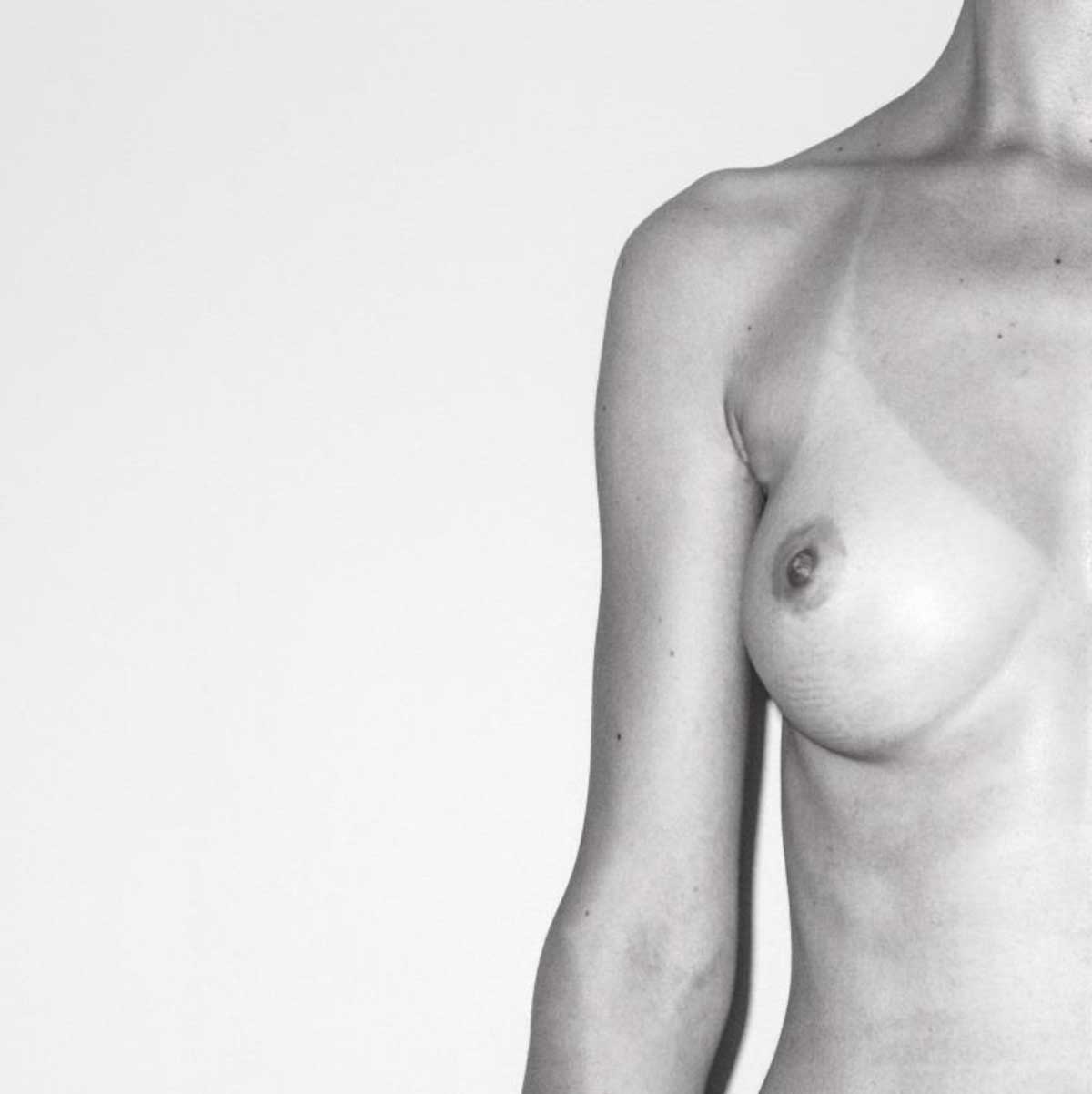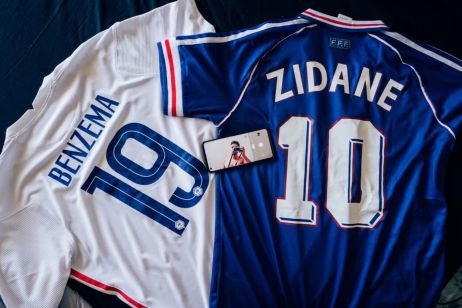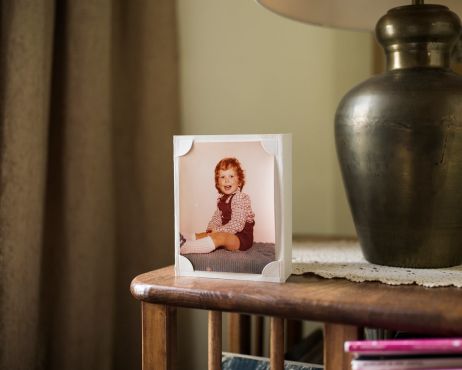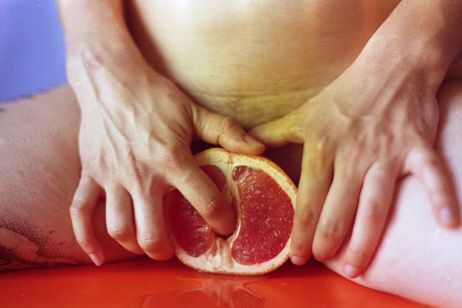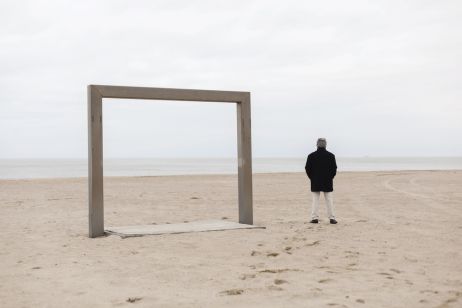This week, our readers picks are both inspired by other forms of art. Their similarity? Their ability to illustrate melancholic feelings with colourful pictures.
Pierre Édouard
“As a fan of art, I get inspired by paintings by Pietr Mondrian, Kasimir Malevitch or even Mark Rothko. Architect Frank Gehry and film directors Dennis Villeneuve and Jim Jarmusch have also influenced me”
, Pierre Edouard, 27, tells us. The artist discovered photography with his father. At 18, he was gifted his first camera, and fell in love with the medium. “Over the years, I have perfected my vision and developed a simple, minimal and quite raw aesthetics”, he adds. Graphic and colourful, his creations reflect a desire to capture urban poetry. “I would say duality defines me. I first notice a raw element (like a wall) and add another component: the sky. These two converge: the made, the artificial, human constructions, the palpable – and then the sky, nature, infinity and emptiness”, he explains. Through his geometrical productions, the artist explores other favourite themes of his: “loneliness, melancholia, the space immensity and the tinyness of men”. A series of contradictions forming a harmonious collection.
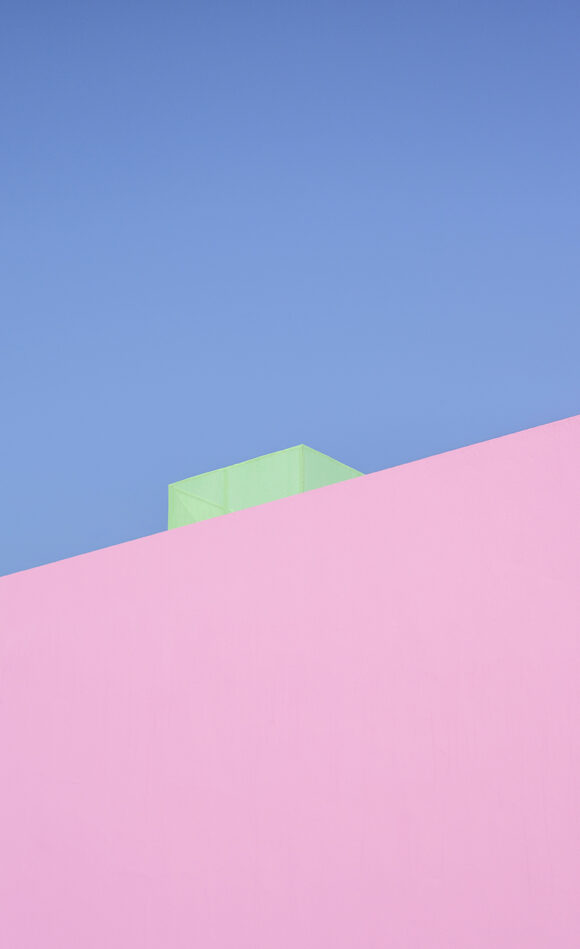
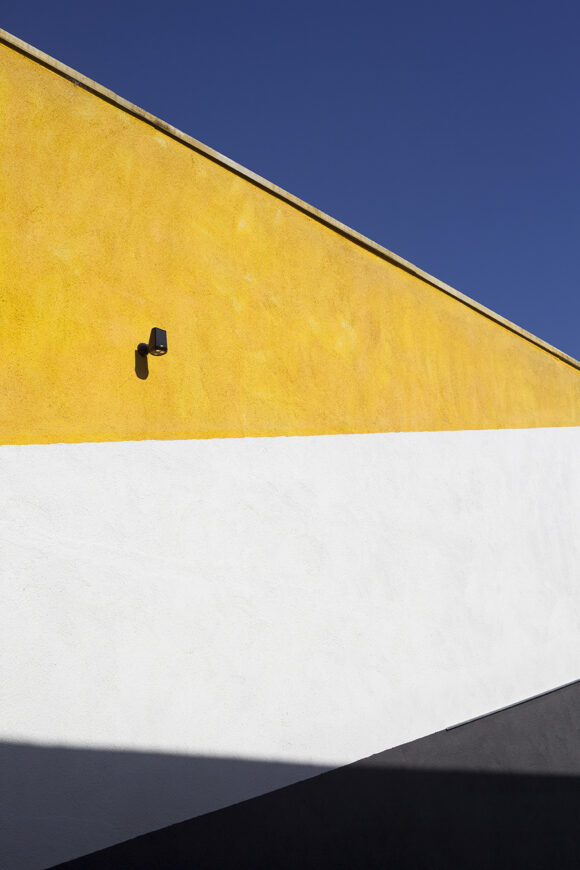
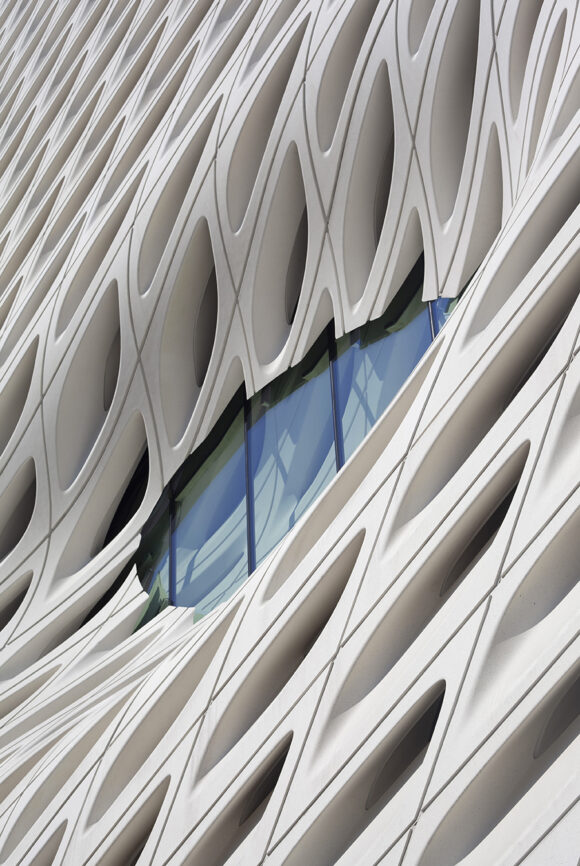
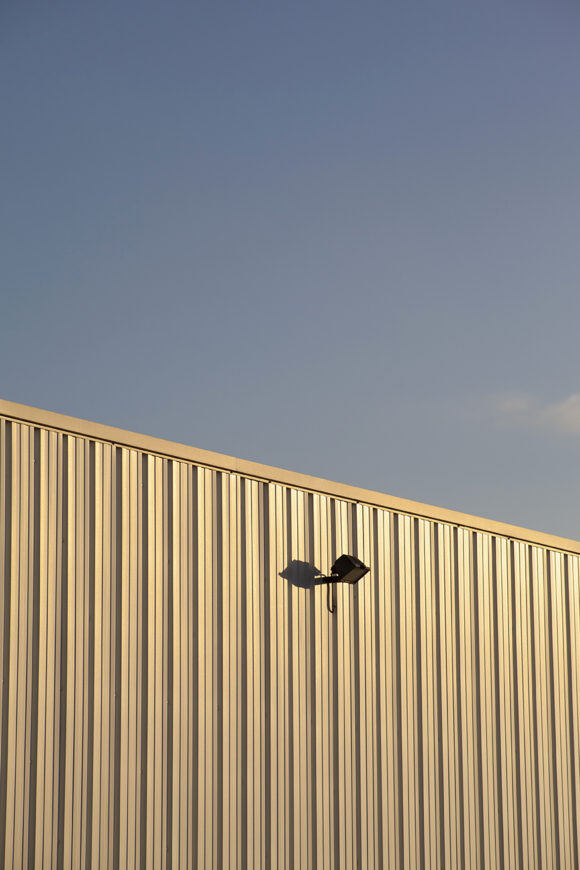
© Pierre Édouard
Eda Güngör Korçak
Based in Ankara, Turkey, Eda Güngör Korçak works as an urbanist for the government. She has been fascinated by photography for the past nine years, alongside theatre and cinema. “Art is a spiritual journey. I try to tell my story without giving away its meaning. I like for the audience to picture their own experience through my narrative. Art does not need to be told, art must be understood”, she tells us. Behind her series women&doors&walls lie the photographer’s sufferings. The project’s keywords? Death, mourning and waiting. “Art is precious when it feeds off of experiences and feelings. As the proverb says, “Time is the best remedy”. Our bodies are worn out, like doors and windows over time. No matter how many times we paint and fix our walls, we’re still worn out. Our cracks cannot stay hidden”, the artist tells us. In her triptychs, the female body is protected by walls, and is set free by windows open to freedom.
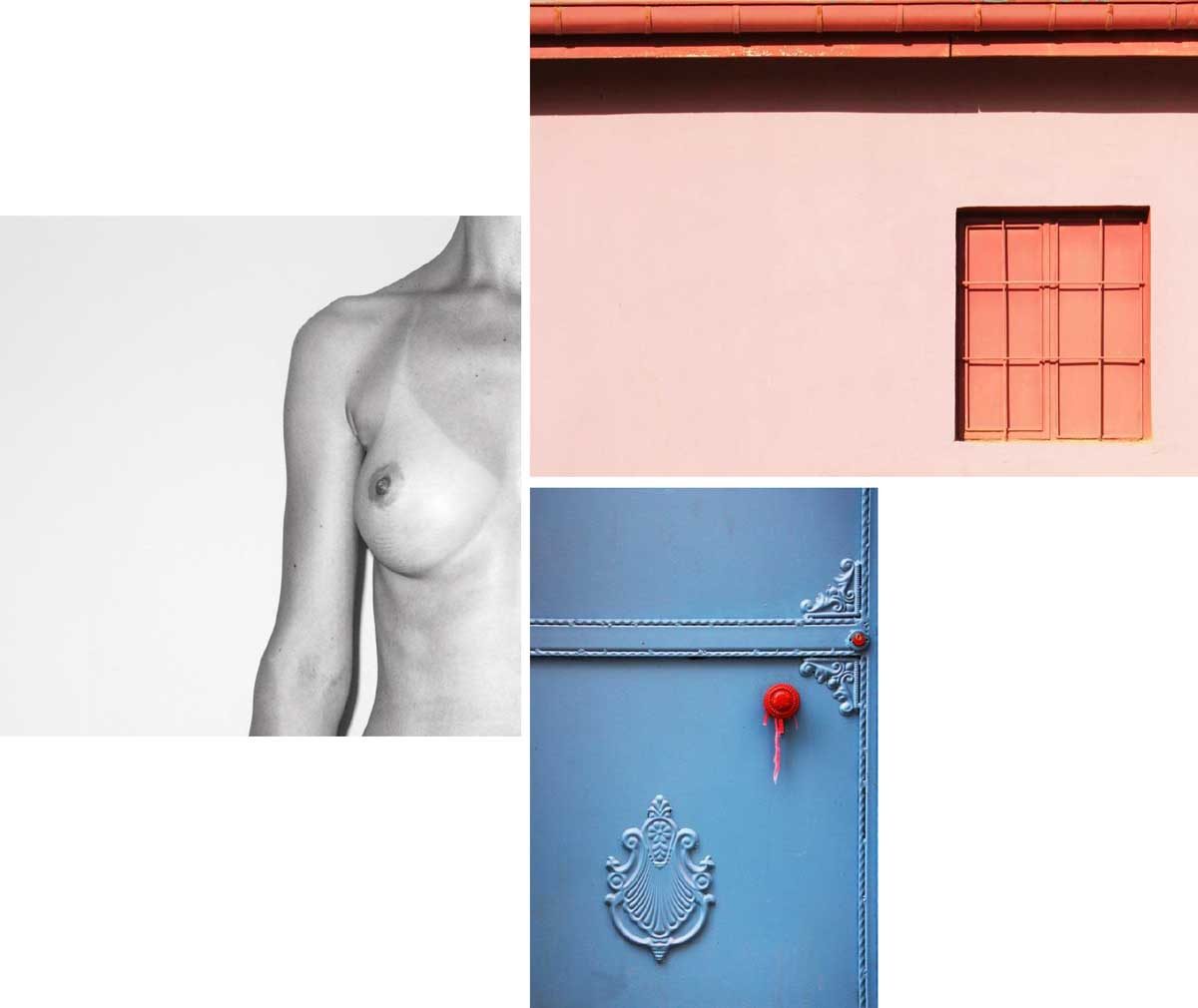
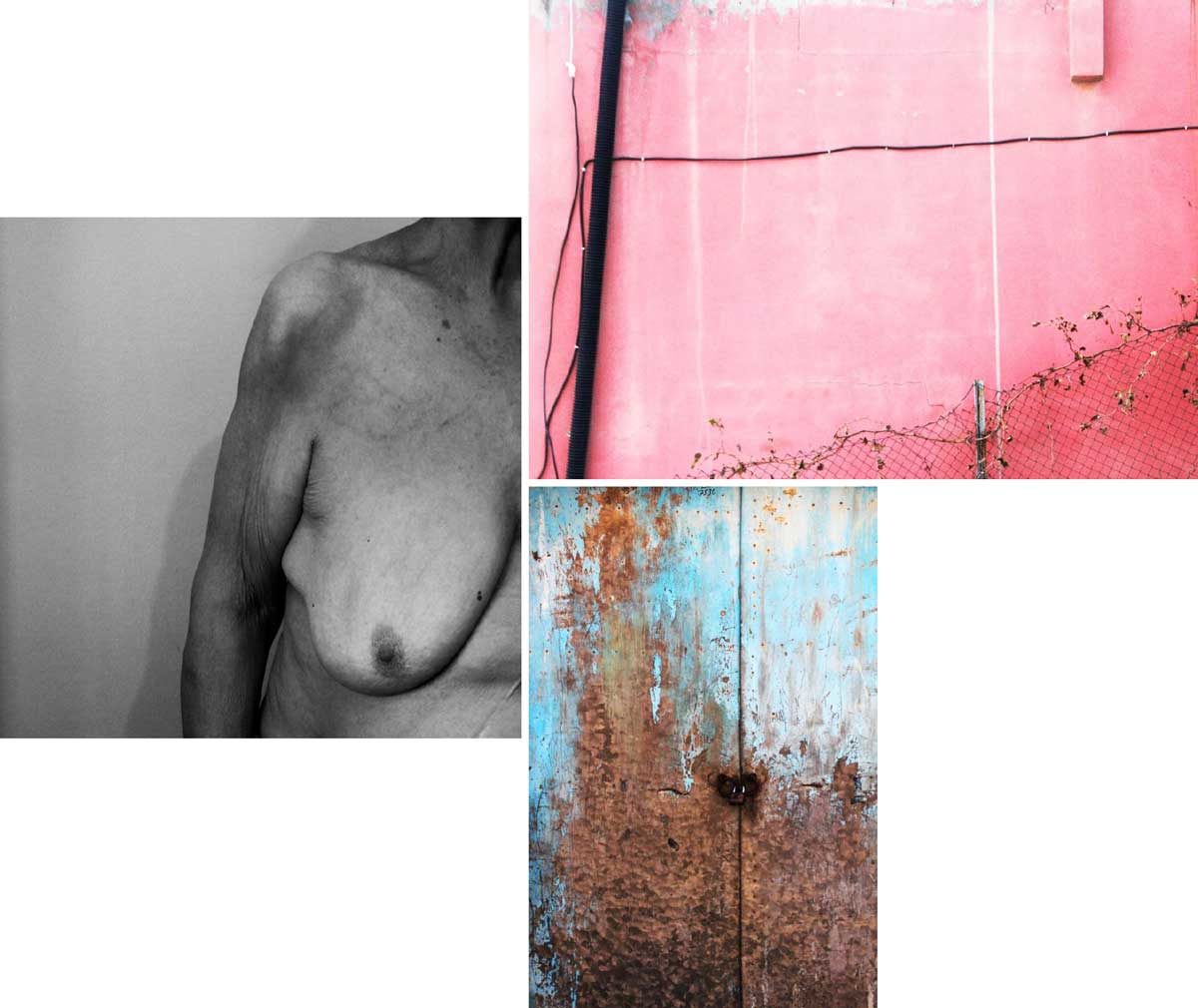
© Eda Güngör Korçak
Cover picture: © Eda Güngör Korçak
